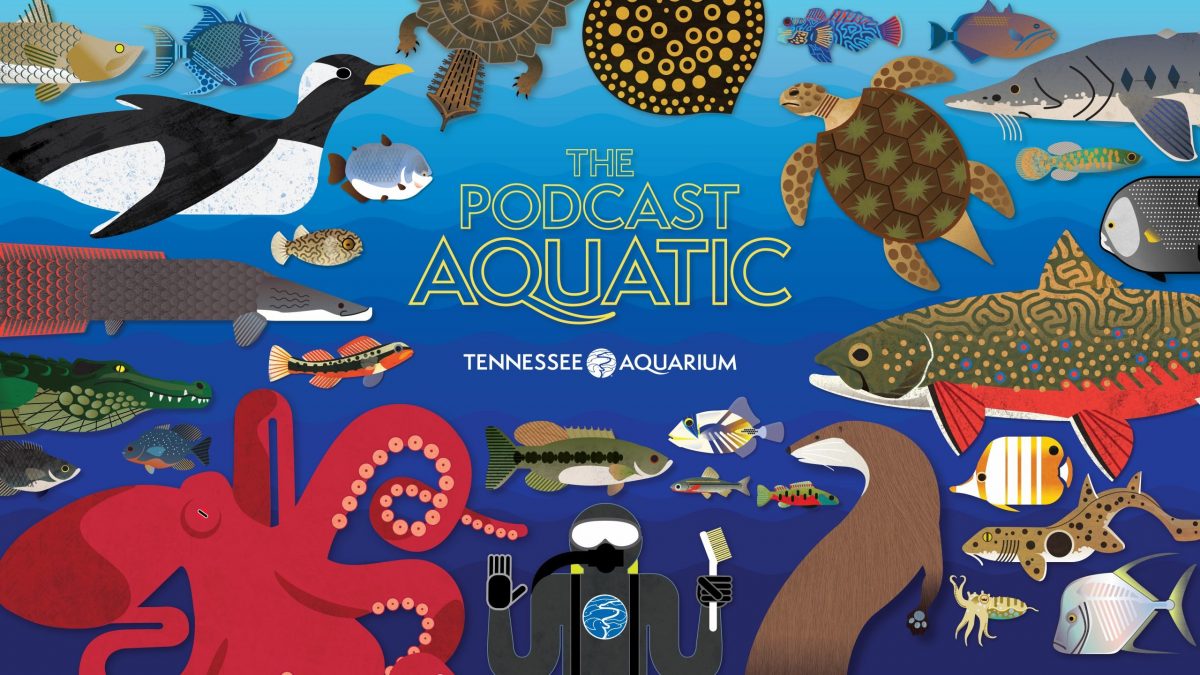For years, the plucky Barrens Topminnow has experienced a disheartening decline in its prospects for survival.
Only found swimming near the surface of spring-fed streams on the Barrens Plateau in Central Tennessee, the orange-speckled, green-bodied Barrens Topminnow has been savaged by the introduction of non-native Western Mosquitofish. These invasive fish were added to streams to control mosquito populations, but the Mosquitofish just as readily fed on the offspring of Barrens Topminnow as on the larvae of its namesake insect. Consequently, the Barrens Topminnow’s range has been reduced by more than 70 percent to just five of the 18 sites where it historically has been found.
“This is a Tennessee fish. It’s part of our natural heritage as Tennesseans,” says Matt Hamilton, the Tennessee Aquarium’s Curator of Fishes. “This is a fish that, had Mosquitofish not invaded their habitat, and had they not been exposed to really bad droughts and land-use practices, they would probably still be with us. But we’ve watched those populations slowly dwindle over the years.”
For decades, the Barrens Topminnow has been swimming against the current, but its struggle has not gone unnoticed.
Long considered state-endangered in Tennessee, the Barrens Topminnow lacked the shielding offered through status as a federally endangered species. According to records from the Federal Register and Department of the Interior, the Barrens Topminnow was first proposed for inclusion on the Federal List of Endangered and Threatened Wildlife when it was formally described in 1982.
Almost 40 years later — and after significant decline in the robustness of wild Barrens Topminnow populations — that proposal has finally borne fruit. In a ruling announced on Oct. 21, the Barrens Topminnow officially has been designated as an endangered species. This designation will go into effect on Nov. 20.
“The resiliency, representation, and redundancy of the species has been severely compromised,” the Oct. 21 ruling reads. “All of the remaining populations of Barrens Topminnow are at imminent risk of further expansion of Western Mosquitofish, as well as drought events, with no reasonable prospect of natural reestablishment once a population is extirpated.
“Therefore, we conclude that the species is currently at risk of extinction throughout its range, thus meeting the definition of an endangered species.”
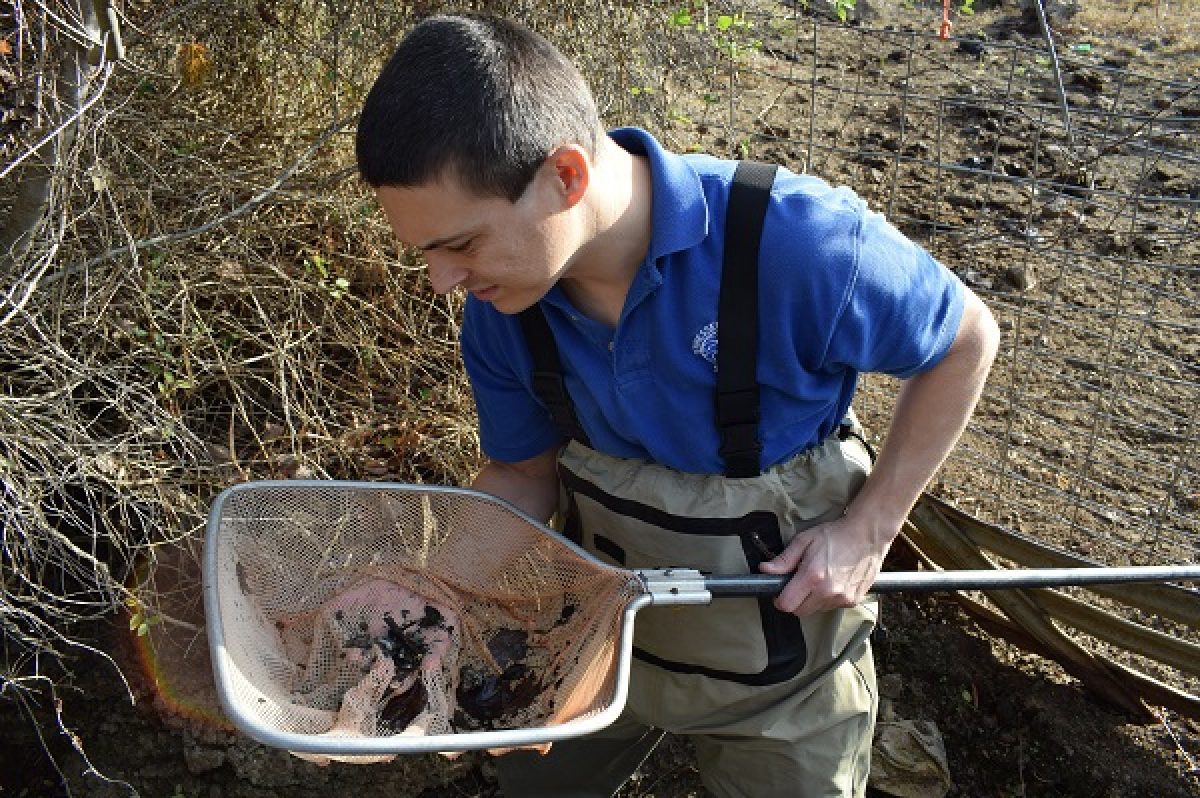
Fig. 2 A Barrens Topminnow being retrieved using a minnow net
As a consequence of its new designation, the Barrens Topminnow will receive certain federal protections, including the development and implementation of a recovery plan to halt or reverse its decline. Once implemented, the goal of a recovery plan is to restore an endangered species “to a point where they are a secure, self-sustaining and functioning component of their ecosystem.” These plans have been successful in the past, among the most famous examples of which include the Bald Eagle and American Alligator.
Since 2001, the Tennessee Aquarium has worked to study and safeguard the Barrens Topminnow. In cooperation with Knoxville, Tennessee-based Conservation Fisheries, Inc., specialists from the Aquarium have monitored the few remaining populations in the wild, propagated and released more than 44,000 Barrens Topminnows and even occasionally rescued Barrens Topminnows threatened by prolonged droughts.
In November 2016, an extreme drought in the Southeast saw the few streams still containing Barrens Topminnows reduced to trickles, at best, and isolated, muddy pools, at worst. These conditions prompted a frantic rescue mission by Aquarium staff, who sought to relocate as many Barrens Topminnows as possible into human care until the streams were flowing once more.
At the time of the rescue, Dr. Bernie Kuhajda, the Aquarium’s Science Programs Manager, predicted the Barrens would inevitably find its way onto the endangered species list.
“Having worked with this animal for years, I can tell you it will be designated as an endangered species,” Kuhajda said. “Even though we’ve been stocking in these same places every year hoping we’d reach a critical mass where they could be successful even though these Mosquitofish are present, that hasn’t been the case.”
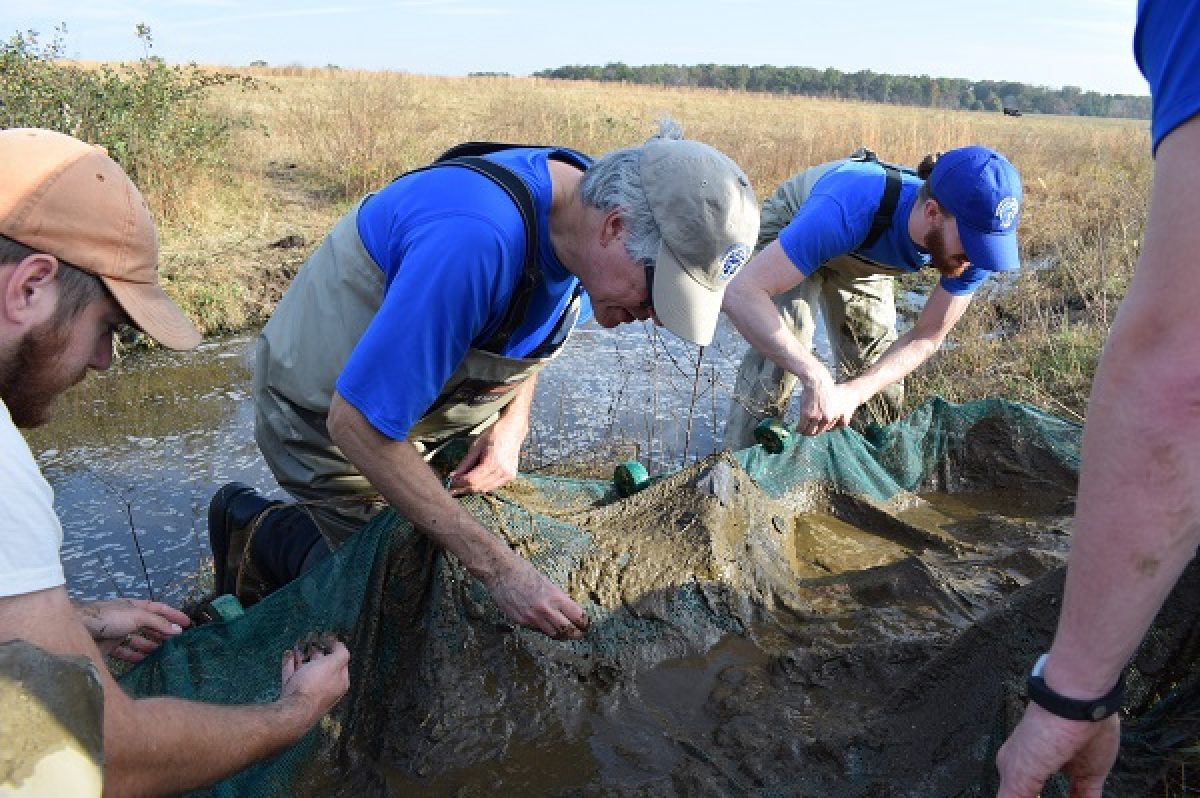
Fig. 3 Aquarium Staff attempting to rescue Barrens Topminnow
The Tennessee Aquarium and Conservation Fisheries continue to house Barrens Topminnows to serve as “ark populations.” These fish in human care fulfil a number of important roles, from serving as brood stock to helping scientists better understanding the Barrens Topminnow’s life history to safeguarding against the possibility of the species’ extinction in the wild. Through these ark populations, conservationists have raised fish that could eventually repopulate streams the species historically occupied or to stock other suitable, Mosquitofish-free waterways, in the event that they are discovered.
Considered in the broadest terms, the combination of factors threatening the Barrens Topminnow may seem insurmountable. Nevertheless, Kuhajda says, the species’ decline could still be slowed if the humans living next to occupied streams continue working, hand in hand, with conservationists.
“The invasive species can’t be undone, and I really don’t think there’s anything we can do to make this species not be imperiled at some level,” he said. “But if we keep working with land owners to maintain vegetated buffers around their springs and creeks to maintain higher water quality and to find alternative water sources for their cattle, those steps would improve the habitat that’s left for Barrens Topminnows and other imperiled species.”
Despite topping out at half the length of a No. 2 pencil, the Barrens Topminnow holds tremendous value as part of the Southeast’s delicate, incredibly diverse aquatic ecosystem, Kuhajda says.
“The variety of life in our Southeastern rivers, streams, springs, swamps, lakes and underground waters includes the Barrens Topminnow all the way up to 10-foot-long Alligator Gar,” he says. “All of these creatures make up our aquatic ecosystem, which provides humans with relatively clean drinking water.
“When we start losing this aquatic biodiversity, these ecosystems do not function as well. Remove too many bricks from the foundation of a building, and it collapses. Remove too many creatures from our aquatic ecosystem, and it collapses.”
Visitors to the Aquarium can see Barrens Topminnows at various stages in their life cycle in the Tiny, But Mighty Important and Backwaters exhibits in the River Journey building. Learn more about the role the Aquarium is playing in conservation efforts to save the Barrens Topminnow at https://www.tnaqua.org/protecting-animals/barrens-topminnow
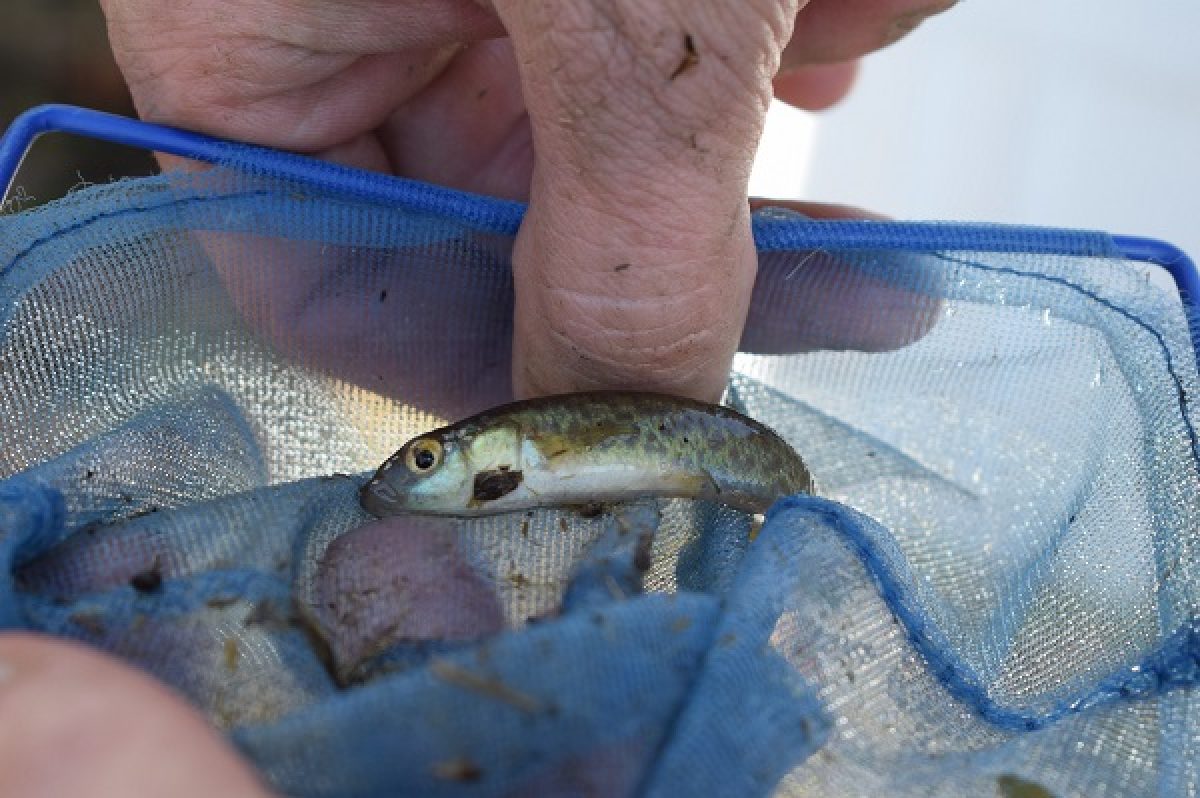
Fig. 4 A Barrens Topminnow in a net
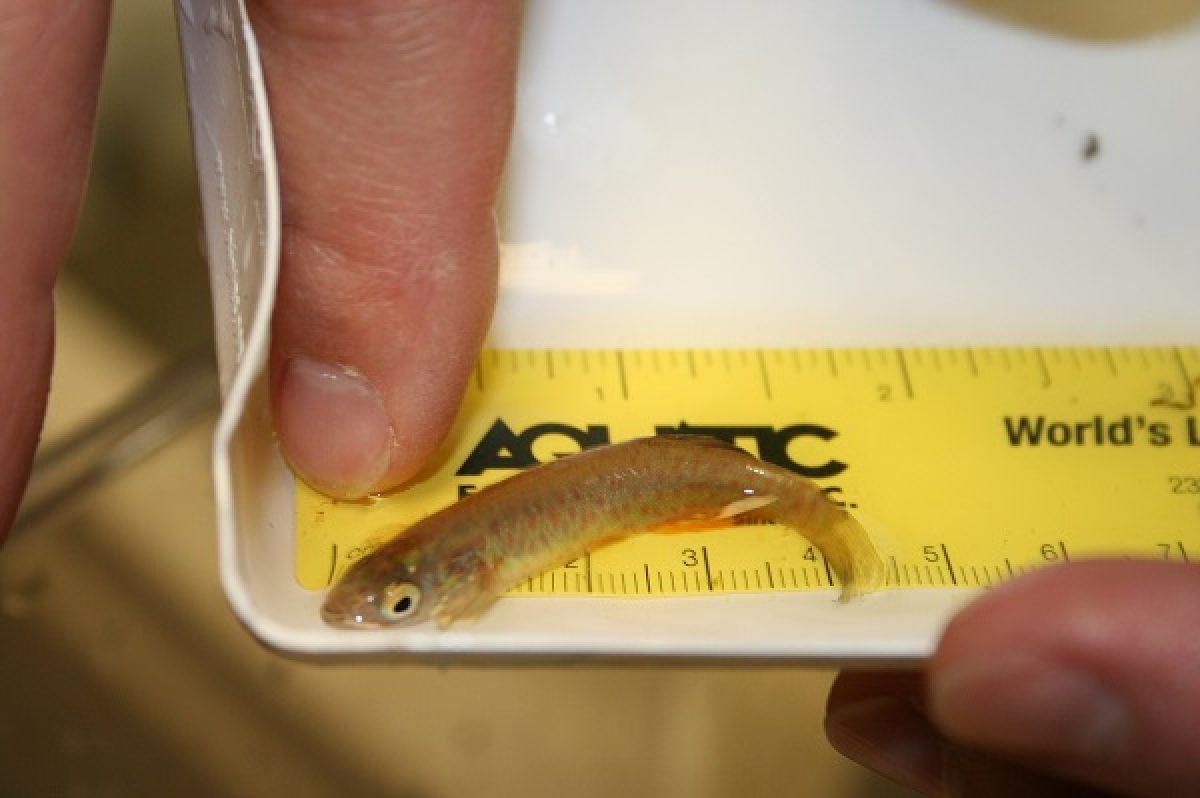
Fig. 5 A Barrens Topminnow being measured
